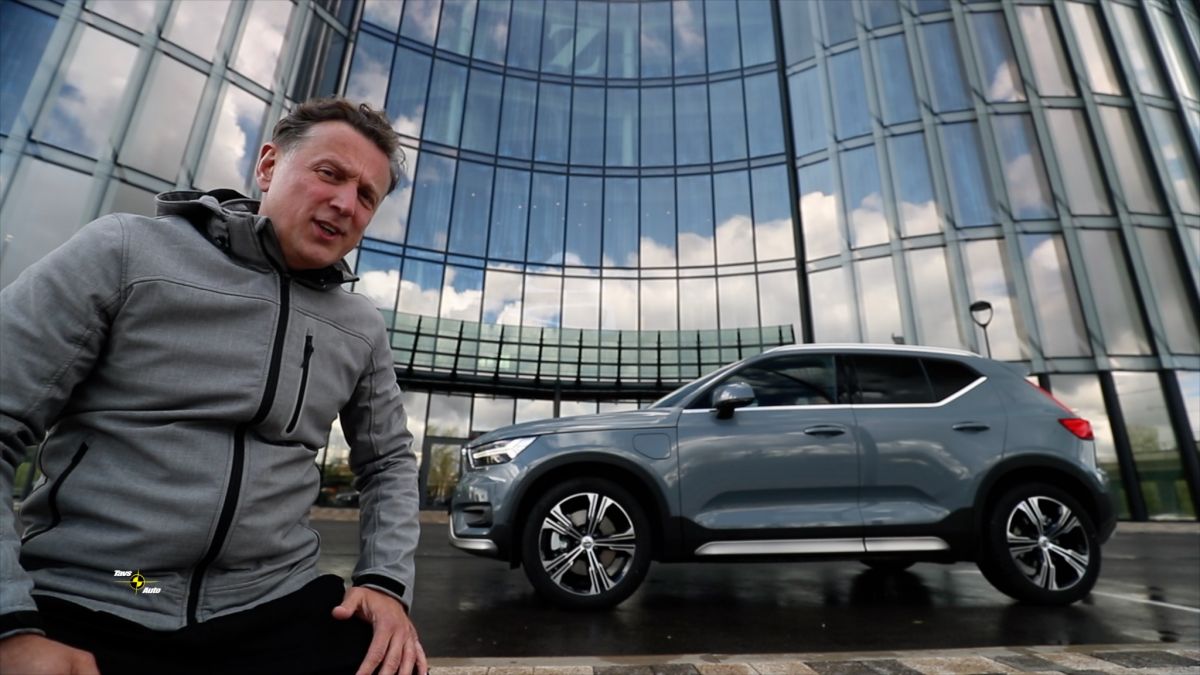Almost every generation of Windows has increased the demands on computer hardware. So if you wanted to use all the graphics and other conveniences of Microsoft’s new generation operating system, you usually didn’t avoid buying more powerful components, or in some cases even a whole new computer.
–
Dozens were to change this long-held trend. Representatives of the American software giant left the hardware requirements at the time of the launch of the system exactly the same as in the case of the previous eights. Over the years, the memory requirements have been increased to 2 GB, but at that time, such system resources still had machines more than ten years old.
–
Due to the new system, no one forced you to buy a more modern graphics card that supports the newer DirectX interface. In the case of elevens, however, this parameter changes. While Windows 10 has made do with the DirectX 9 standard, eleven will require DirectX 12.
–
The absence of the Trusted Platform Module (TPM), which is also required for Windows 11, can also be a problem with older machines. A complete overview of the technical parameters of the upcoming operating system from Microsoft can be found in the table below.
–
| Minimum requirements for Windows 11 | |
| Processor | 1 Gigahertz (Ghz) or faster processor with 2 or more cores compatible with 64-bit architecture or System on a Chip (SoC) devices |
| Memory | 4 GB RAM |
| Storage | 64 GB or larger storage device |
| System firmware | UEFI interface, secure boot option |
| TPM | Trusted Platform Module (TPM) version 2.0 specification |
| Grafic card | Compatible DirectX 12 / WDDM 2.x graphics cards |
| Screen | > 9 “HD (720p) |
| Internet Access | A Microsoft account and Internet connection are required for Windows 11 Home setup |
—


